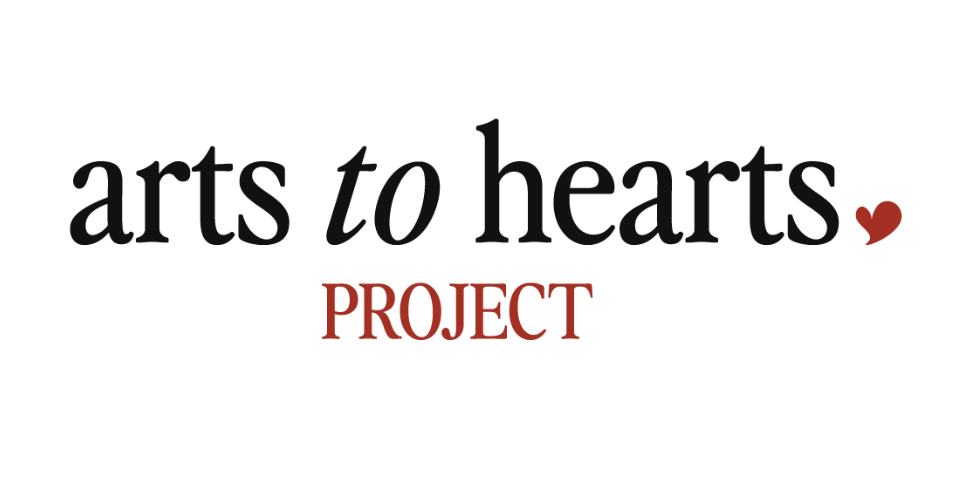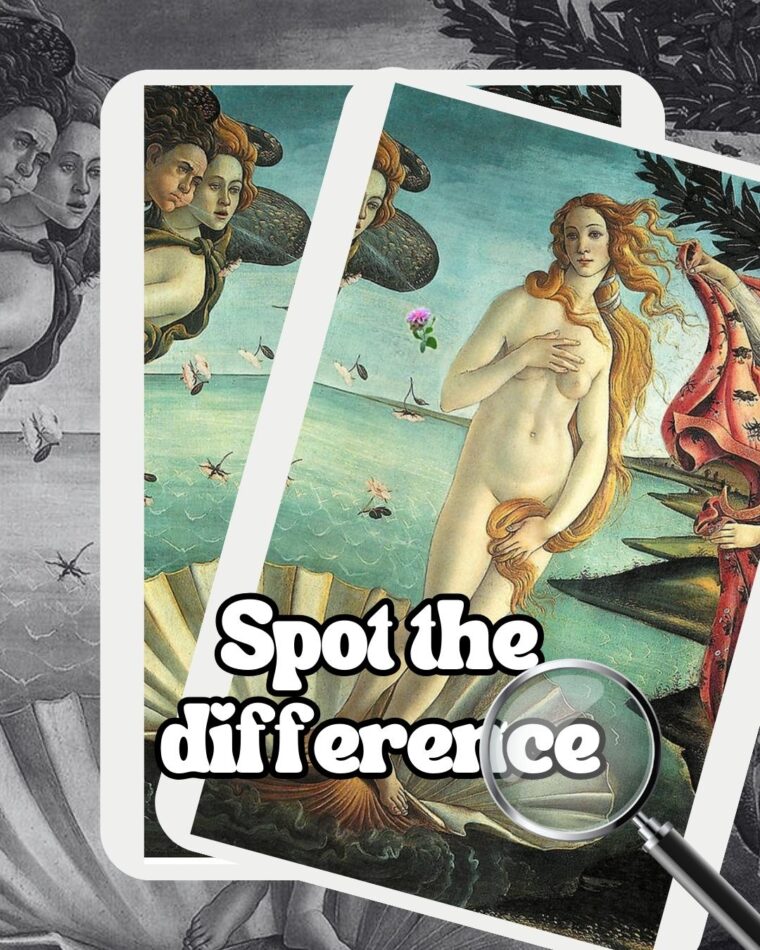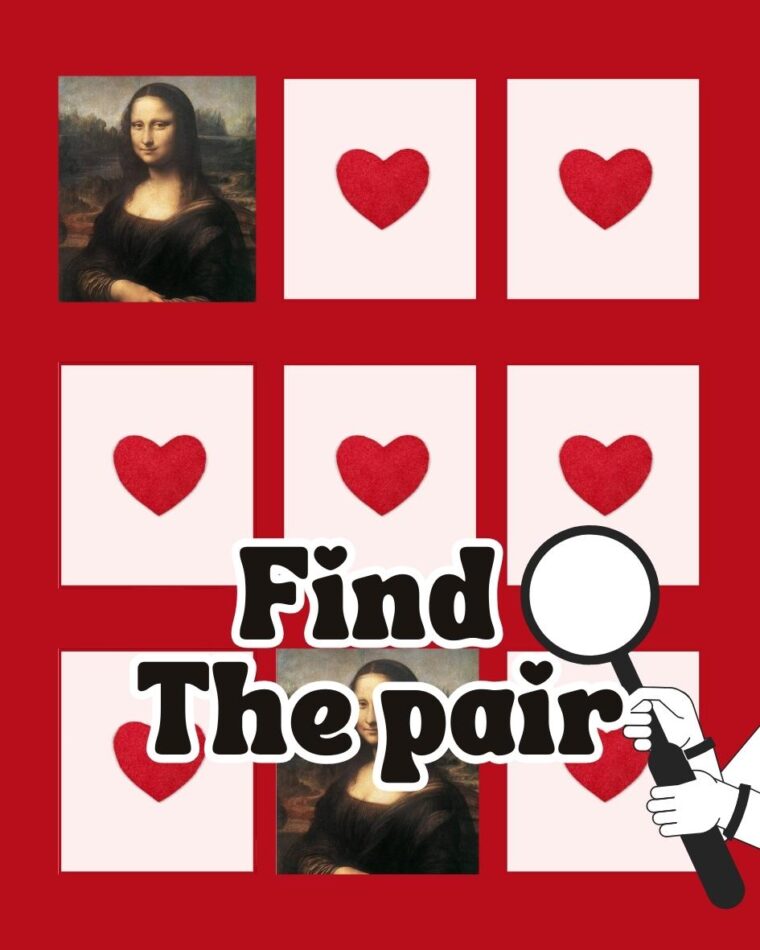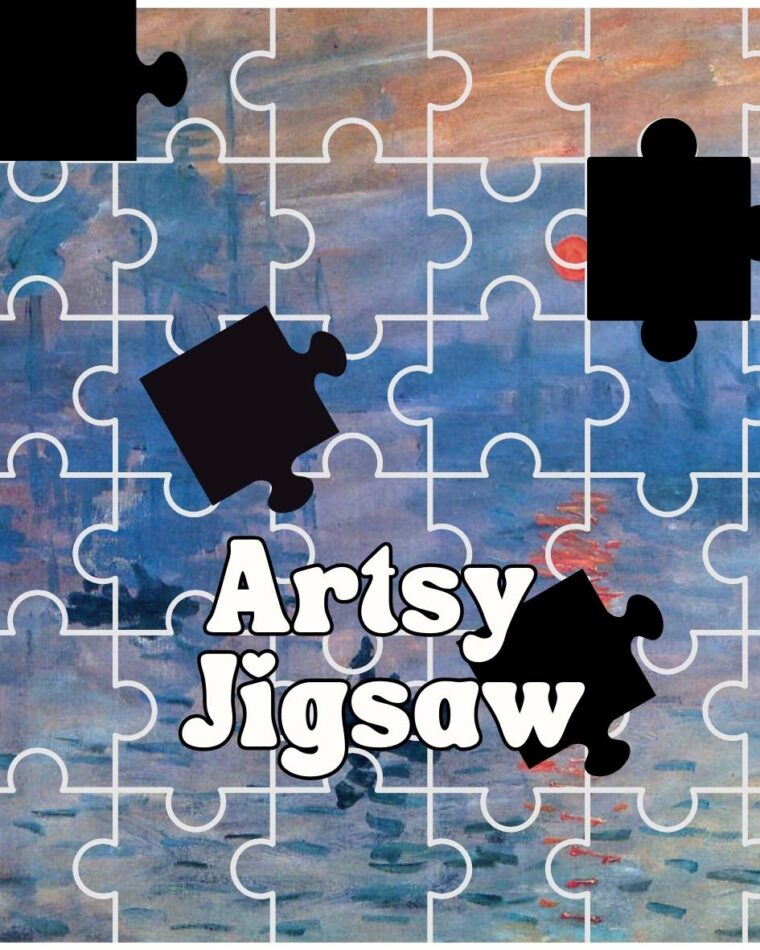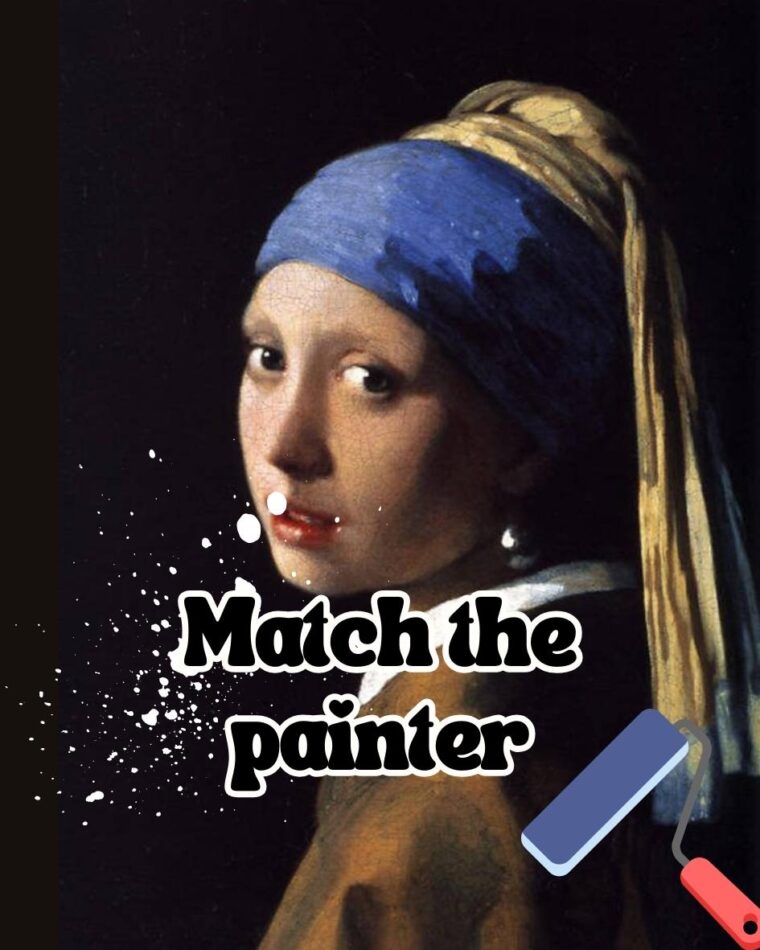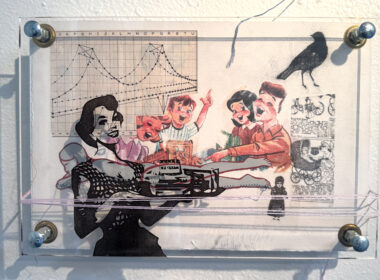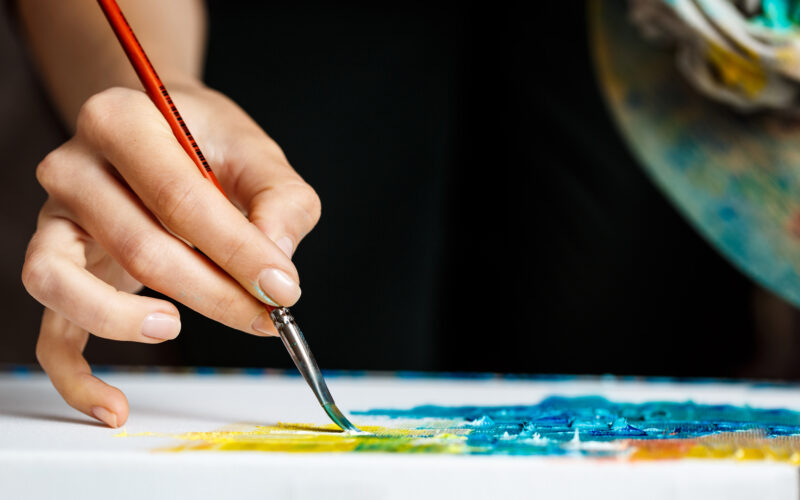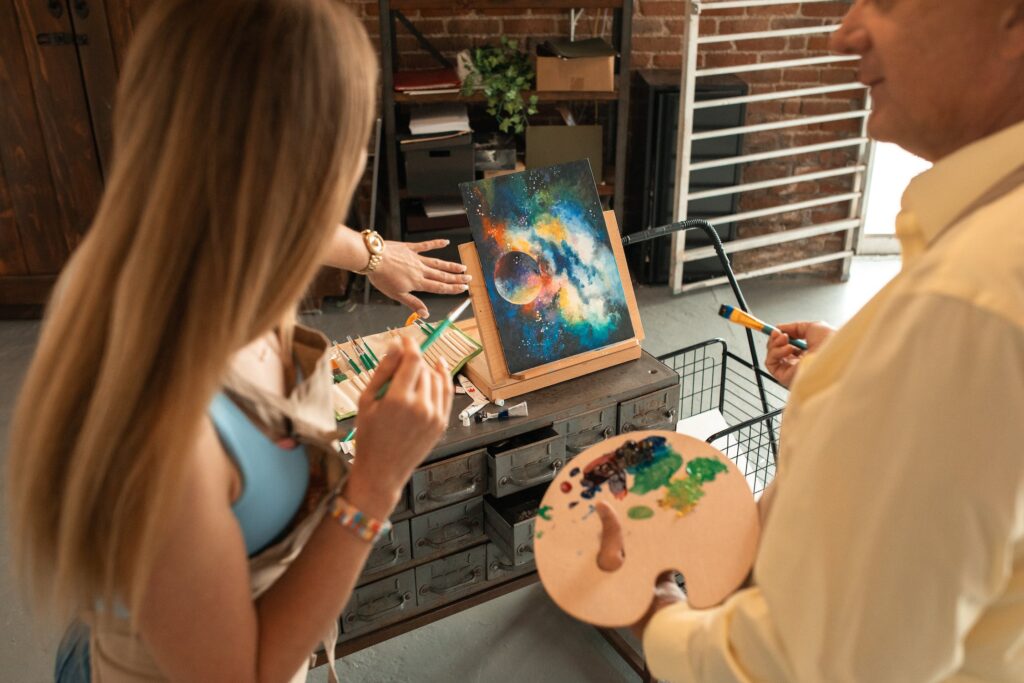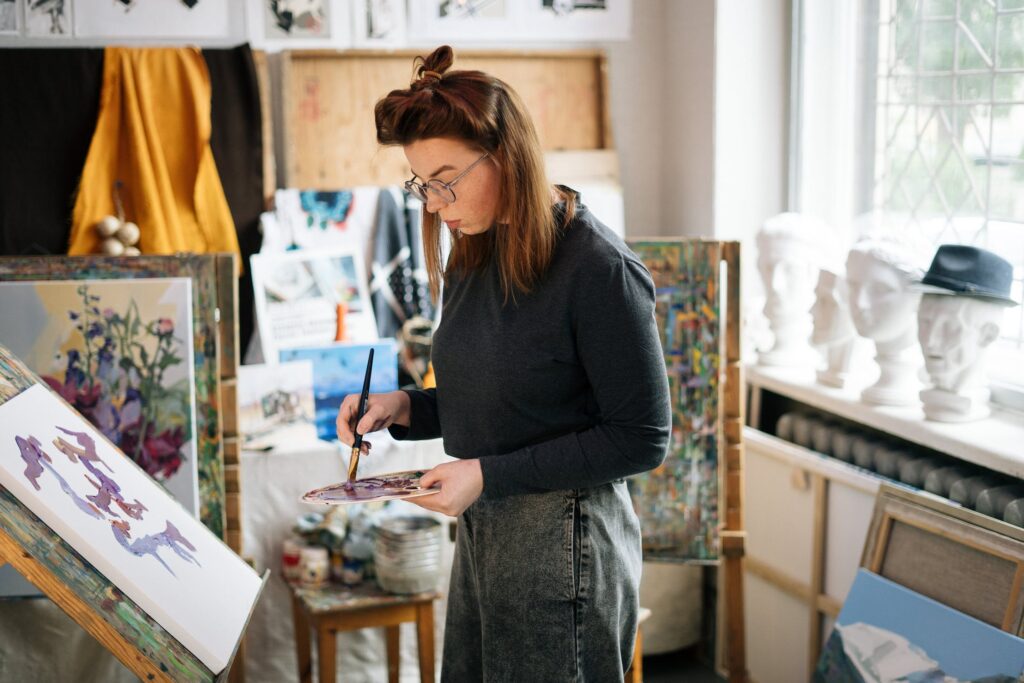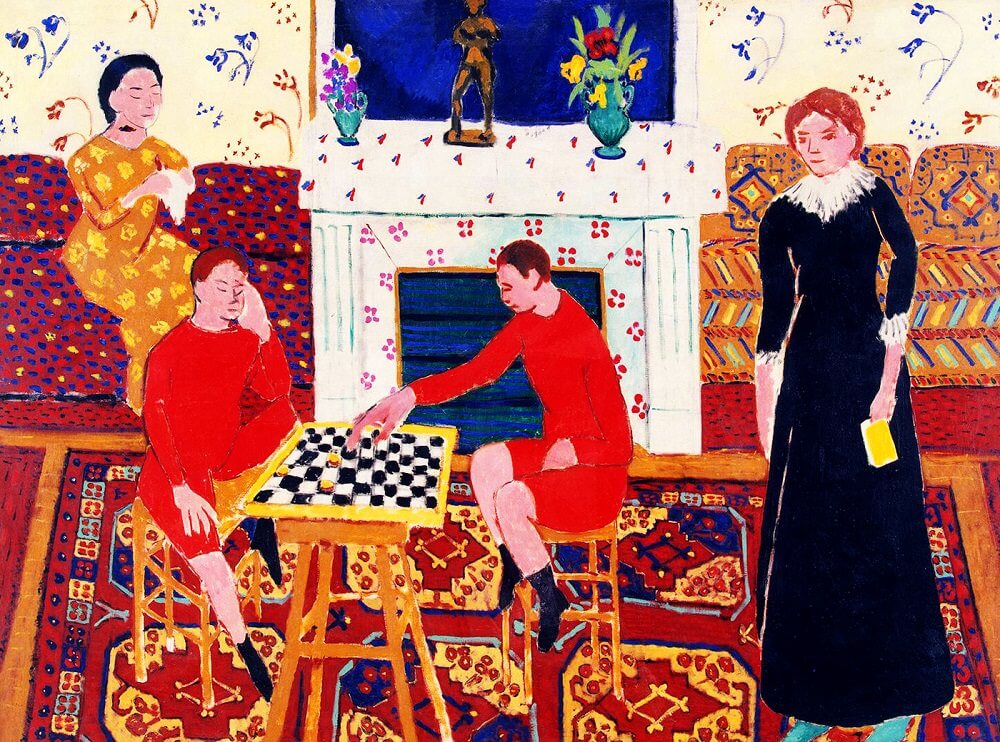
10 Practical Networking Tips for Artists To Boost Career
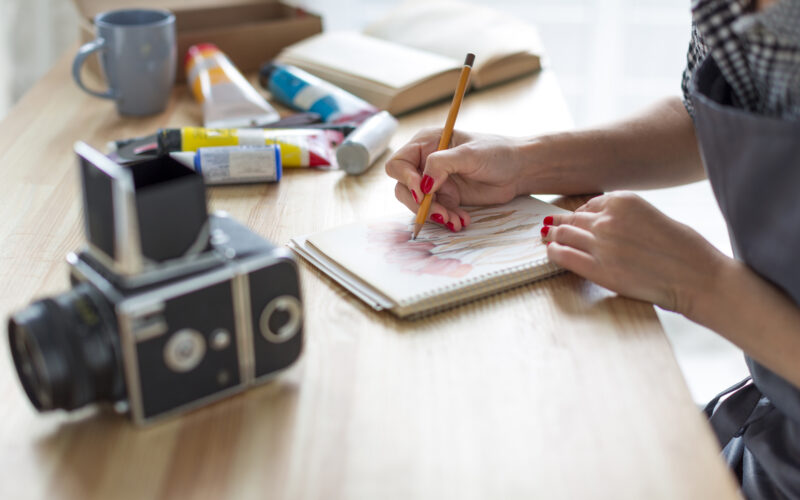

When you hear the word networking, do you also picture awkward events, fake smiles, or people pushing business cards into your hand? Yeah… me too. It can feel weird and even a little scary. But here’s the thing I want to share with you: networking in the art world doesn’t have to be like that.
Networking is just about making real, human connections. It’s about meeting people who love art like you do, sharing your stories, and supporting each other. For example, think about Ai Weiwei, who built strong relationships by engaging deeply with the social and political conversations around him, using art as a bridge to connect with people all over the world.

You don’t have to be a famous name to start doing this. Sometimes it’s as simple as chatting with another artist at a local event, introducing yourself to a gallery owner, or sending a kind, thoughtful message to someone you admire online. These small, genuine moments are what help you slowly build a supportive circle around your art, one connection at a time.
Today, I will be sharing some easy tips to help you feel more comfortable with networking. I will share some small, simple ways so that you can start building relationships that feel natural and real.
So let’s dive in together!
Tips To Build Connection In The Artistic World
Your network can build your career just as much as your art. It’s about the genuine relationships you build, the people you support, and the way you show up for your creative community. These tips are not basic advice, I will give you practical ways to connect with people who can truly help you grow.
- Connect With Artists Outside Your Own Circle
It’s easy for everyone to stay close to their comfort zone, maybe you always talk to artists who work in the same medium or style as you. But here’s the thing: the most interesting collaborations often happen across disciplines. Look at someone like Olafur Eliasson. His large-scale artwork comes from collaborations with scientists, architects, and engineers, not just fellow visual artists.
So, take the next step: join cross-disciplinary events, go to talks outside your field, or follow artists from different backgrounds on platforms like ArtConnect or CreativeMornings. Reach out to people who inspire you but work in completely different ways. You never know what fresh ideas may spark.

- Use Instagram And Social Media Strategically, Not Passively
Let’s be real, many artists post their work on Instagram and then just… wait. But the artists who really use Instagram well, just like Lauren Tsai, who grew her illustration career through thoughtful, active engagement and online sharing.
This means more than just liking a post. Share thoughtful comments, reshare work that resonates with you, DM artists or curators you admire, and join creative challenges. Use hashtags like #artistsoninstagram or #openstudios to discover new voices. Treat Instagram not as a billboard, but as a two-way conversation.
- Apply To Curated Online Platforms, Not Just Open Calls
We all know open calls matter, but artists like C.J. Hendry, known for her hyperrealistic drawings, got noticed early by aligning with curated platforms and select showcases, not just mass applications.
Sites like Art.sy, Arts To Hearts Project, Saatchi Art, or SuperRare offer curated artist profiles. You have to make efforts to get into these sites, but having your work on these platforms connects you to collectors, galleries, and curators who are actively searching for fresh talent. Make sure your portfolio is sharp and up to date because they often review submissions carefully.
- Use Artist Residencies As Networking Gold
Artist residencies aren’t just about making work, they’re about building relationships. When artists like Shahzia Sikander joined early residencies, she didn’t just create; she met mentors, peers, and collaborators who shaped her career.
You should definitely check out ResArtis or TransArtists from time to time. They list artist residencies all over the world. When you apply, don’t just look at the place or the studio space; think about the people too. Who will you be spending time with? What kinds of conversations might you have over coffee or during work sessions?
Remember, a residency isn’t just about making new work, it’s also a chance to meet other artists, share ideas, and build connections that can last long after you leave. Think of each residency as an investment not just in your art, but in your creative community.

- Collaborate On Projects With Real-World Impact
Instead of waiting for a big gallery show, look for artist-run projects, social impact collaborations, or public art opportunities. Groups like For Freedoms bring together artists to work on social and political issues, and artists who join often make deep, lasting connections with others who care about similar causes.
Search for collaboration calls on Open Call For Artists or ArtConnect, or even organize your own small collective project locally. These projects show others that you’re active, engaged, and generous, and these are the three key things people remember when thinking about future opportunities.
- Follow Up And Offer Something Back
Here’s an advanced tip I really want to share because, honestly, a lot of artists skip this: when you meet someone, whether it’s at a show, an art fair, or even online, don’t just leave it there. Follow up, and offer something meaningful.
Maybe you share a helpful resource, recommend another artist they might love, or offer to help with something they’re working on. Big-name artists like Deborah Roberts often say that being generous, not just asking for favors, is what helped them grow strong, lasting networks.
People remember the artists who show up with real support, kindness, and useful insights, not just the ones who are asking for something. That’s the kind of connection that sticks.

- Attend Art Fairs And Treat Them Like Research
You don’t have to be showing your work at an art fair to make it worth your time. Seriously, just going as a visitor can teach you so much. Think of it like a live masterclass! Walk around, watch how artists set up their booths, notice which galleries are showing fresh, up-and-coming talent, and learn it all.
Big fairs like The Armory Show in New York, Frieze in London or Los Angeles, or Untitled Art Fair in Miami are full of chances to learn and connect. You don’t need to walk in with some big, perfect plan. Just show up with your curiosity, maybe tuck a few business cards in your pocket, and most importantly, bring a few thoughtful questions. Honestly, even a simple, friendly chat with an artist or a gallerist can lead to something surprising, a new idea, a fresh perspective, or maybe even a future opportunity. Sometimes it’s those small, genuine conversations that end up meaning the most.
- Build A Strong Artist Website And Keep It Updated!
Here’s something that often gets overlooked, even by super-talented artists, that is keeping your website fresh and up to date. I know it sounds obvious, but you’d be surprised how many artists miss out on opportunities simply because their site is old, hard to navigate, or missing key pieces of their work. Look at Kara Walker’s online presence, it’s clean, clear, and showcases her key works and projects.
Platforms like Squarespace, Wix, or Cargo make it pretty easy these days to create a nice-looking artist website. Just make sure you include clear, good-quality photos of your work, a short artist bio, your updated CV, and a way for people to contact you. That way, when someone you meet wants to check you out online, they’ll see your best, most up-to-date work, and you’ll leave a great impression.

- Join Artist Associations Or Professional Networks
It’s not just about local meetups, joining bigger artist groups or networks can really help you grow. Groups like the College Art Association (CAA), Women’s Caucus for Art, or Black Artists and Designers Guild offer events, workshops, and even mentorship.
Artists like Mickalene Thomas often talk about how important it is to find groups that don’t just support your work but also help you figure out how to move through the art world. These kinds of connections can open doors to things like grants, collaborations, and opportunities you might not even know about on your own.
- Treat Every Connection Like A Long-Term Relationship
Last but not least, this might be the most important thing I can tell you: think long term. Some of the best and most meaningful connections don’t happen overnight; they build slowly, sometimes over months or even years. Look at an artist like Theaster Gates, his career has grown not just from single shows but from the deep, lasting relationships he’s built with curators, galleries, and other artists.
So stay in touch, cheer on others when they have wins, and be the kind of person people want to work with again and again. Relationships are what keep your art journey strong over time.
A Few Last Words
Before we wrap up, remember this whole networking thing doesn’t have to be perfect. You don’t need to have all the right words or all the right contacts. Every small step you take helps build your path forward. Relationships in the art world grow over time, not overnight.
Trust your journey, trust your art, and trust that the connections you make will shape your career in beautiful and surprising ways. You are not alone in this, and you’ve got everything you need to move forward.
You’ve got this!

